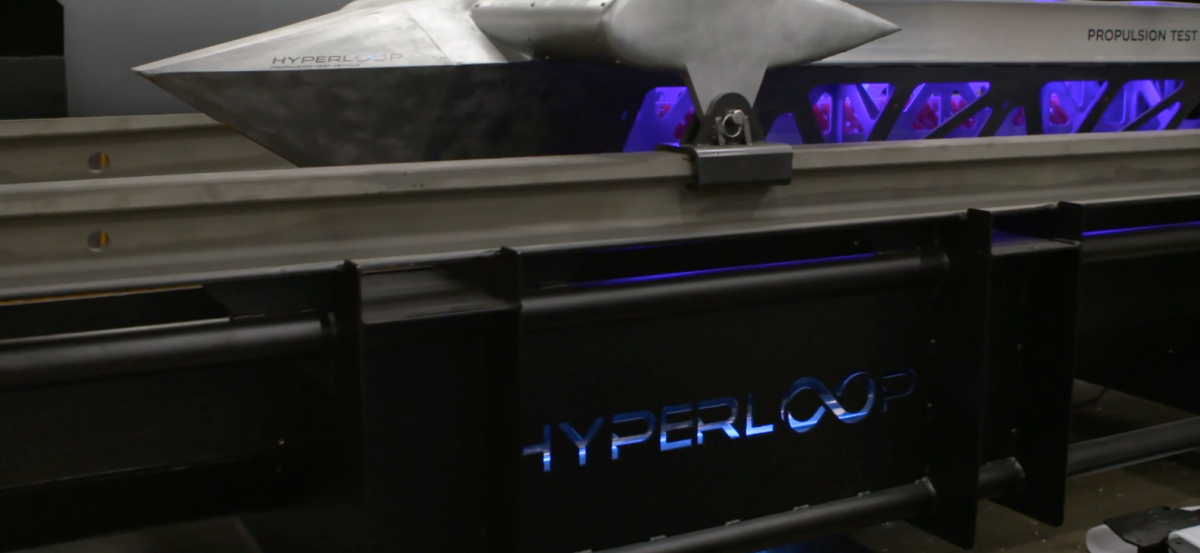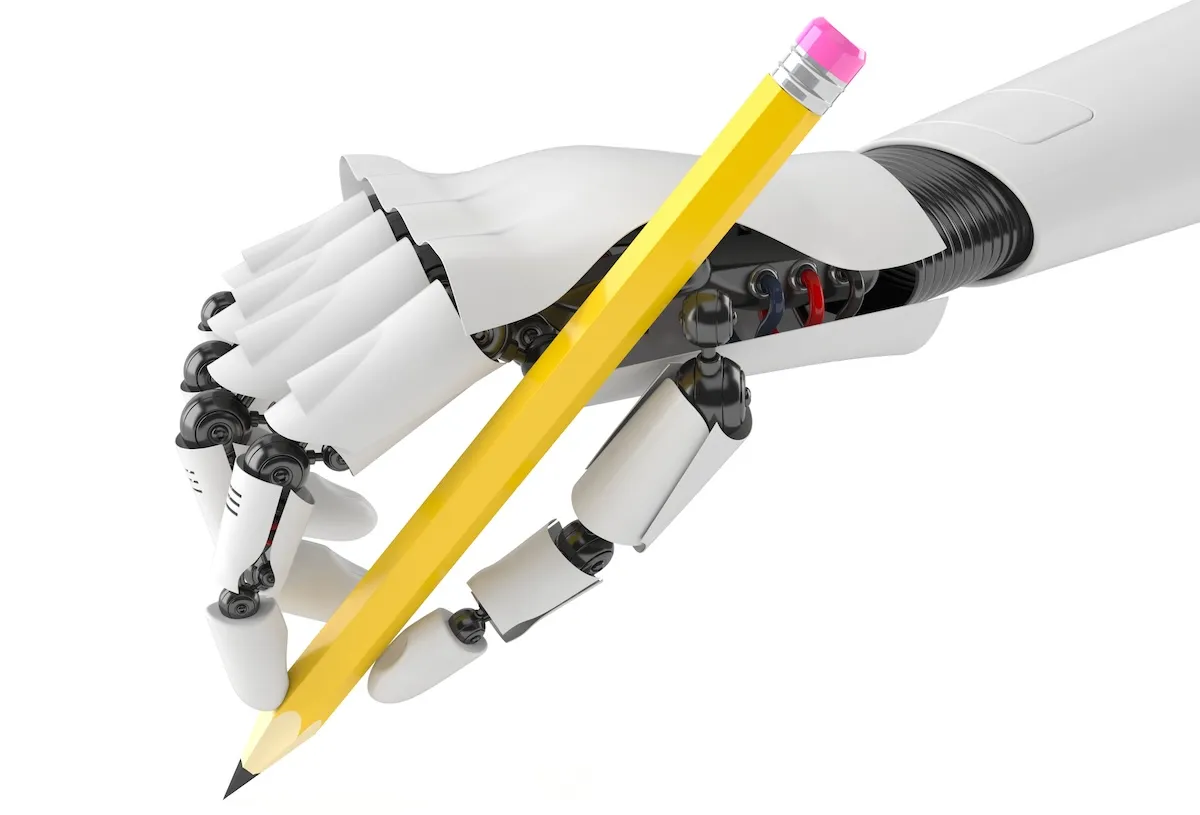After their first successful test run yesterday in a Nevada desert, the Hyperloop One team has begun to make the rounds, describing the details of their high-speed transportation technology. We could all be riding on a Hyperloop transport in the next few years, if all goes according to plan.
The Hyperloop test yesterday took place in plain sight so that onlookers could get a look at how fast the test sled could go. As the video above shows, the transport goes pretty darn fast! Ideally, though, this transportation system would be enclosed inside of a tube, not exposed to weather and elements. By encasing the Hyperloop in a tunnel, the sled could go much, much faster. As in, 700mph. As opposed to the 300mph that yesterday’s test sled reached.
The rush to make this technology accessible to the public will come at an equally surprising speed. Hyperloop One CEO Rob Lloyd told Engadget today, “I’m convinced that we will be building freight transportation systems in 2017 and 2018 … I’m entirely convinced we’ll be seeing freight moved in a Hyperloop by 2020, maybe 2019 and our first passengers by 2021.” So, the plan is that the Hyperloop will start out by transporting cargo for the first couple of years, and then it’ll move on to passengers. Human passengers. Who hopefully won’t get liquidated at high speeds.
Although folks have already started to worry about whether or not riding in a 700mph train is actually safe, Lloyd doesn’t sound very concerned. He does admit that carrying passengers will be a little more complicated than carrying non-human cargo:
[Cargo]’s an easier step. There are less systems that need to be designed and certified. And for passengers, they should be certified. We all want to have a trusted relationship when we do anything. When we drive our car, when we fly in a plane, or when we travel in a Hyperloop. That’s important to use. We’ve actually brought people on that are beginning to help us with the safety certification process. When people ride Hyperloop we want them to feel comfortable and confident.
Most of the interview focuses on Lloyd’s goal to get government partnerships for developing the technology, which makes sense, since he’s more concerned with infrastructure and administrative concerns at this stage. That said, I’m pretty sure everyone else is just worried about whether or not riding on this train would physically destroy us. So, let me dismiss those concerns for you, since Lloyd didn’t already take care of that himself.
Yesterday, I reminded everyone that in the Victorian era, people were worried that traveling at 15mph would be destructive to their bodies. Obviously, that sounds silly to us now. The reason why it’s silly is because we can actually travel much, much faster than that before we need to worry. Like … thousands and thousands of miles faster than that.
According to this report from the BBC about rocket speeds, human beings have already traveled at significantly faster speeds in order to achieve, y’know, space travel. So long as the speed is constant, we don’t even notice it. The tricky part? Acceleration.
Recall yesterday that the Hyperloop’s test acceleration was 2.5Gs. Luckily, we humans can take much more than that, if need be. Executive Director of the Aerospace Medical Association Jeff Sventek told the BBC, “For short periods, the human body can take much higher than nine Gs. But to sustain that for long period of time, not too many humans can do it.”
As the BBC explains, astronauts always endure high Gs of acceleration (usually between 3 and 8 Gs) during takeoffs. Although that takeoff might cause some discomfort, the sensation of traveling at 16,150mph while in orbit? Apparently it doesn’t feel any different than traveling on an airplane. Once you’re in motion, so long as speed remains constant, your body won’t even notice it.
Since the Hyperloop takes a straight shot from one place to another, it might cause less motion-sickness than other forms of travel. You’d have to acclimate to the acceleration and deceleration at the beginning and end of the journey, but aside from that? You’re just chilling out. Doesn’t sound too bad to me. I am totally ready for this high-speed future.
(via Engadget, image via Hyperloop One)
—The Mary Sue has a strict comment policy that forbids, but is not limited to, personal insults toward anyone, hate speech, and trolling.—
Follow The Mary Sue on Twitter, Facebook, Tumblr, Pinterest, & Google+.








